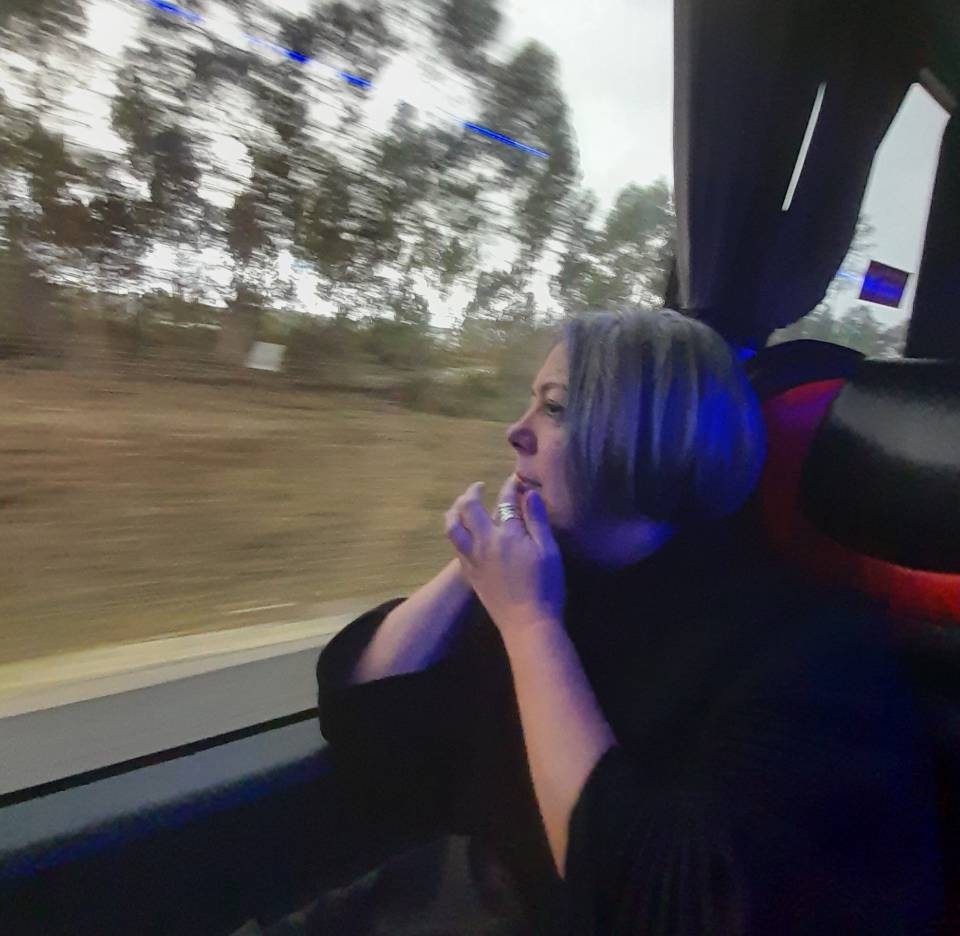Over the past few decades, the exhibition curator has occupied an increasingly influential place in the art world. In reality, this is the culmination of a process of transformation of the profession whose beginnings date back to the end of the 1960s and beginning of the 1970s, and which is associated with a phenomenon and movement admittedly “against” or “anti”-museum.
In Portugal, the years 1980-1990 stand out as the beginning of this prominence, which has come to occupy an increasingly relevant space in the national artistic, cultural and even media panorama. Many of the curatorial practices we see today have their roots, more or less admittedly, in the work developed by curators who directed cultural institutions, who come from academia or who have followed singularly independent paths. Some, however, seem to have in common forms of resistance to institutional structures through the exploration of new strategies for presenting and distributing contemporary art.
On the other hand, the influence of some of these professionals is equally visible in the way contemporary curators build their paths and seek to create striking images through their body of work. In addition to the functions of exhibition, conservation and dissemination of contemporary art, today's curator accumulates many others that give him legitimizing and even financial powers, however, it is in exhibition practice as a means of expression, reflection on the world and intervention that he focuses on. this set of sessions that brings together cured people with a consolidated professional path in dialogue with emerging professionals.
In this set of four sessions, it is proposed to address the relationships between the multiplicity of exhibition projects, strategies and critical programs that place curating as one of the forms of work and configure it as a practice outside the law.

